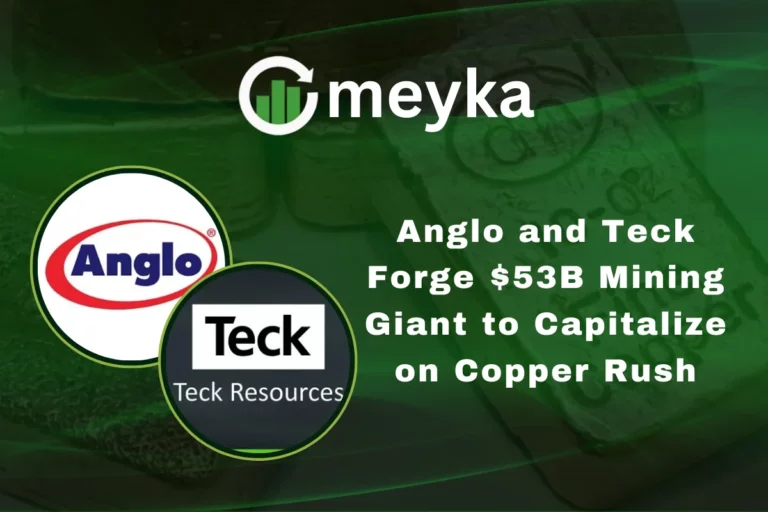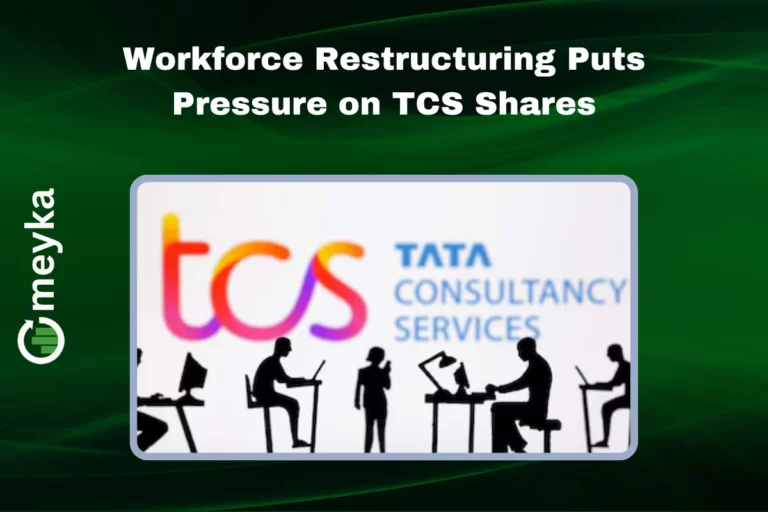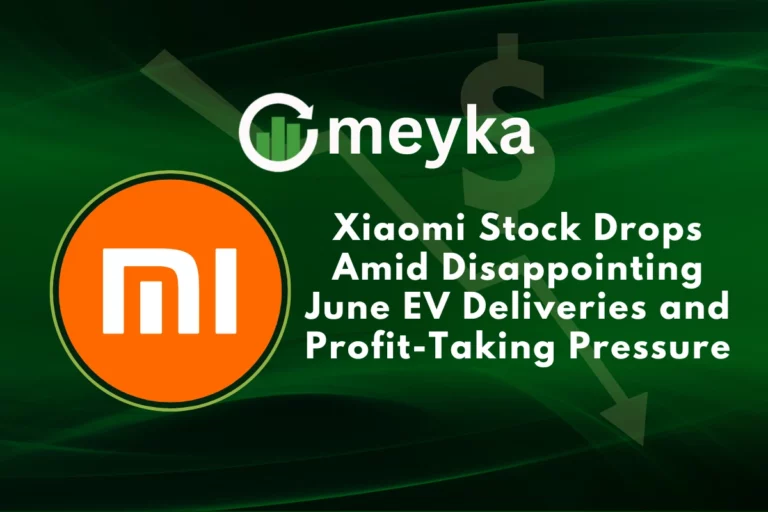Vodafone Idea agr dues: Citi Calls Stock a ‘High-Risk Buy’ Despite Possible Government Relief
We’re following a major story in India’s telecom sector: Vodafone Idea Ltd. (Vi) and its ever-growing pile of AGR (Adjusted Gross Revenue) dues. The company owes something like ₹83,400 crore just in AGR liabilities. This huge number has put Vi in a tight spot, affecting its ability to invest in 5G, raise funding, and compete.
Recently, global broker Citi called Vi a “high-risk buy”, even as there is a glimmer of potential relief from their AGR burden. We’ll walk through the background of AGR dues, what the company is facing now, Citi’s reasoning, the risks and possible upsides, and implications for investors.
The AGR Dues Background
First, what is AGR? In simple terms, AGR is the revenue base on which telecom operators in India pay license fees and spectrum charges to the government. Over the years, the definition of AGR has been heavily debated. Vi’s liability under AGR is huge. It owes around ₹83,400 crore in AGR dues (and additional interest/penalties) as of mid-2025.
The timeline: Vi was formed by the merger of Vodafone India and Idea Cellular in 2018. Prior to that, both companies accrued liabilities under the AGR regime. Over time, the government and courts have demanded that non-core revenue (like rent, asset sales) be included in AGR, which the companies contested. The key Supreme Court ruling in 2019 upheld the government’s broad definition.
For Vi, this translates into a major burden: according to one report, starting March 2026, it must pay around ₹18,000 crore annually (or more) purely for AGR and spectrum dues for at least six years. Clearly, the AGR dues have weighed heavily on Vi’s balance sheet and ability to invest in infrastructure, expand, or simply operate sustainably.
Recent Developments & Government/Regulatory Intervention
In the past few months, there have been a number of important updates:
- The government, via the Department of Telecommunications (DoT), has made it clear that no further relief in the form of a relaxed payment schedule or waiver of interest/penalties is likely for Vi’s AGR dues.
- Vi has filed fresh legal petitions challenging additional AGR demands. For example, the DoT has sought an additional ₹9,450 crore for AGR dues up to FY19, which Vi is contesting in the Supreme Court of India.
- A very recent and key development: the Supreme Court has allowed the government to revisit Vi’s AGR grievances, given the company’s unique circumstances (large subscriber base, government stake). This has sparked optimism.
- Vi’s ability to raise bank funding (~₹25,000 crore) and invest in capex is tied to the resolution of the AGR issue.
Putting these together: the regulatory backdrop is tough, but a small opening has emerged via the Supreme Court decision, though the path remains uncertain.
Citi’s “High-Risk Buy” Thesis
Why did Citi label Vi a “high-risk buy”? Here’s how we understand their reasoning:
- Potential upside: Citi sees that if the government resolves or eases the AGR dues, Vi could unlock bank credit, resume capital expenditure (capex) for 5G, and possibly raise equity. For example, after the Supreme Court order, Citi maintained its rating and noted that relief could come ahead of the March 2026 payment deadline.
- Target price: Citi’s nominal target is around ₹10 per share, reflecting such a possible upside.
- High risk component: Despite potential upside, the “high-risk” tag reflects major structural issues: Vi’s debt pile is enormous, competition in telecom is fierce, regulatory relief is not guaranteed, and execution risk is high. For example, even excluding AGR dues, Vi still has debt around ₹1.18 trillion, making the point that the relief alone doesn’t solve all problems.
So, Citi’s view is: “There’s a chance of a turnaround, but only if multiple things go right.” We would summarise it as “high reward, high risk.”
Risks & Challenges
We want to be realistic. Here are the major risks Vi faces:
- Debt burden: As mentioned, even after counting AGR only part of the story, Vi has high liabilities (spectrum dues, deferred payments). One report notes total debt around ₹1.96 trillion; AGR dues are a fraction of it (~₹76,000 crore).
- Reliance on government relief: Much of the upside for Vi hinges on policy action or exceptions from the government. But as of now, the government has signaled little appetite for blanket waivers.
- Cash flow & payments ahead: The installment due March 2026 (≈₹16,400-18,000 crore) is larger than Vi’s current cash generation. Without relief or funding, operations may be threatened.
- Competitive telecom market: Vi competes with powerful rivals (e.g., Bharti Airtel, Reliance Jio) who have stronger financials. Vi’s success also depends on raising tariffs, reducing churn, and investing in 5G.
- Dilution risk: If the company needs to raise equity to survive, existing shareholders may face dilution.
In short, the path to recovery is narrow and filled with obstacles.
Possible Upside Scenarios
Despite the risks, there are realistic upside paths for Vi:
- Relief-triggered revival: If the government extends the payment timeline, waives interest/penalties, or allows conversion of dues into equity, Vi could ease its burden. Analysts say such a move could unlock bank credit.
- Funding and capex boost: With relief, Vi might raise ~₹25,000 crore bank debt, enabling network upgrades, 5G rollout, and improved competitiveness.
- Market reaction & stock price: The share price has already responded. For example, one report noted Vi’s shares rose ~72 % in six weeks amid relief hopes.
- Industry implication: A stronger Vi means more competition in the telecom market, which is good for consumers. It might also help partners like Indus Towers.
If everything lines up: policy relief + steady funding + tariff clarity, then Vi may be on its way to revival.
Conclusion
The Vodafone Idea AGR dues have pushed the company into a tough spot, but a ray of hope has appeared after the Supreme Court allowed a government review. If relief comes, Vi could ease its debt load and attract new funding for growth. Still, uncertainty remains high, with heavy liabilities and intense competition ahead. For now, Vodafone Idea stands at a crossroads; its survival depends on how the AGR dues issue unfolds in the coming months.
FAQS:
AGR stands for Adjusted Gross Revenue. It is the total income a telecom company earns, used by the government to calculate license and spectrum fees.
Vodafone Idea is a risky stock. It has heavy debts and depends on government relief. It may grow if dues ease, but the risk remains high.
Yes, you can sell Vodafone Idea shares anytime through your trading account. But it’s smart to check market trends and expert advice before selling.
Disclaimer:
The content shared by Meyka AI PTY LTD is solely for research and informational purposes. Meyka is not a financial advisory service, and the information provided should not be considered investment or trading advice.






